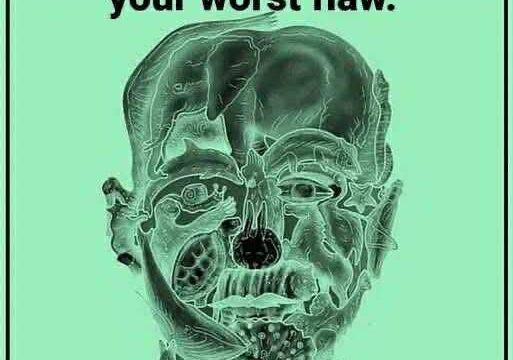In the United States, strokes rank as the fifth leading cause of death and are a major contributor to long-term disability in adults. While strokes can occur at any age, women are at an especially high risk. According to the American Stroke Association, strokes are the third leading cause of death among women, and one in five women is expected to suffer a stroke during her lifetime. These facts highlight the critical need for public awareness and early detection of stroke symptoms, as quick action can significantly improve outcomes and even save lives. A stroke, often referred to as a “brain attack,” happens when the brain’s blood supply is disrupted. There are two main types of strokes. The first and most common is an ischemic stroke, which results from a blockage such as a blood clot that stops blood from reaching part of the brain.

The second type is a hemorrhagic stroke, which occurs when a blood vessel in the brain ruptures, often due to an aneurysm or an arteriovenous malformation. Regardless of the type, a stroke deprives the brain of oxygen and nutrients, leading to brain cell death within minutes. This can result in permanent brain damage, severe physical disabilities, or death. Because of this, early recognition and immediate medical attention are critical. Knowing the symptoms of a stroke and acting without hesitation can make the difference between recovery and devastating consequences.
The Centers for Disease Control and Prevention (CDC) emphasizes five major warning signs that often occur suddenly and without warning. The first is numbness or weakness in the face, arm, or leg, especially on one side of the body. This can make it difficult for someone to smile evenly or raise both arms. The second sign is sudden confusion, including trouble speaking or understanding speech. A third warning sign is difficulty seeing in one or both eyes, which can appear as blurred or double vision. The fourth is sudden trouble walking, dizziness, loss of balance, or lack of coordination. Lastly, a sudden severe headache with no known cause is another potential red flag, particularly if it comes on quickly and intensely. If any of these symptoms appear, it is vital to treat the situation as an emergency and call 911 immediately. Rapid action can greatly reduce the damage caused by a stroke and improve a person’s chances of recovery. Every second counts when dealing with a stroke, as nearly 1.9 million brain cells die each minute the brain is deprived of blood flow.
To help people remember how to identify and respond to a stroke, healthcare professionals encourage the use of the F.A.S.T. acronym. “F” stands for face drooping—ask the person to smile, and see if one side of their face droops. “A” is for arm weakness—ask them to raise both arms, and see if one arm drifts downward or feels numb. “S” stands for speech difficulty—listen for slurred or strange speech when they repeat a simple sentence. “T” means it’s time to call 911 immediately. Don’t attempt to drive yourself or someone else to the hospital; trained emergency responders can begin life-saving care on the way to the hospital. Early treatment can limit the damage and improve survival rates, while also reducing the chance of permanent disability. First responders are trained to provide critical interventions before the patient even arrives at the emergency room, which can preserve more brain function and boost the likelihood of a better outcome.
Although strokes can strike anyone, some people are more at risk than others. Older age increases the risk, but strokes are not limited to the elderly. According to the CDC, one in seven strokes occurs in people between the ages of 15 and 49, meaning that younger adults and even teenagers are not immune. Gender also plays a role, with women facing not only a higher risk but also more severe complications following a stroke. While factors like age, gender, and family history are beyond your control, many risk factors can be managed. Smoking, obesity, lack of exercise, high blood pressure, and diabetes all contribute to a higher risk of stroke. By addressing these issues through healthier lifestyle choices and regular medical checkups, individuals can take proactive steps toward prevention.
It’s essential to understand your personal risk factors and work closely with your healthcare provider to manage them. Regularly checking your blood pressure, cholesterol, and blood sugar levels, maintaining a healthy weight, quitting smoking, staying active, and eating a balanced diet are all key strategies to protect your brain health. In conclusion, strokes are a serious medical emergency that demands immediate attention. By recognizing the signs, acting quickly, and controlling risk factors, you can protect yourself and your loved ones from the devastating effects of stroke. Remember, time lost is brain lost. A fast response could save a life—maybe even your own.





